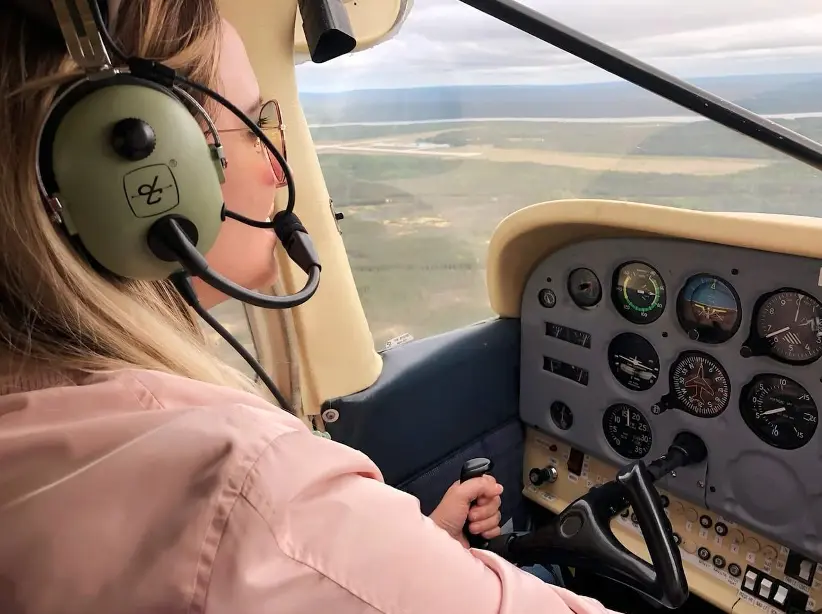
Crew Resource Management (CRM) typically focuses on pilots or crew members operating together as a unit to ensure maximum safety and efficiency. However, it is possible to apply many CRM principles to single-pilot operations. This is known as Single-Pilot Resource Management (SRM). According to the FAA Pilot’s Handbook of Aeronautical Knowledge, SRM is defined as “the art and science of managing all the resources (both on-board the aircraft and from outside sources) available to a single pilot (prior to and during flight) to ensure the successful outcome of the flight.”
SRM combines principles from ADM, risk management (RM), task management (TM), Automation management (AM), controlled flight into terrain (CFIT) awareness, and situational awareness (SA).
SRM equips the pilot to maintain situational awareness by effectively utilizing and managing automation, navigation, and aircraft control. SRM equips the pilot to assess, manage, and respond to risks accurately and efficiently.
According to the FAA Pilot’s Handbook of Aeronautical Knowledge, there are four fundamental principles of risk management:
- Accept no unnecessary risk. Flying is not possible without risk, but unnecessary risk comes without a corresponding return. If you are flying a new airplane for the first time, you might determine that the risk of making that flight in low visibility conditions is unnecessary.
- Make risk decisions at the appropriate level. Risk decisions should be made by the person who can develop and implement risk controls. Remember that you are pilot-in-command, so never let anyone else—not ATC or your passengers—make risk decisions for you.
- Accept risk only when benefits outweigh dangers (costs). In any flying activity, it is necessary to accept some degree of risk. A day with good weather, for example, is a much better time to fly an unfamiliar airplane for the first time than a day with low IFR conditions.
- Integrate risk management into planning at all levels. Because risk is an unavoidable part of every flight, safety requires the use of appropriate and effective risk management not just in the preflight planning stage, but in all stages of the flight.
Poor decision-making in everyday life might not necessarily lead to immediate tragedy, but the same cannot be said for aviation. When operating as a single pilot it is even more important to practice SRM as you do not have any other crew members to fall back on when faced with a potential hazard.
By Engine Sales Representative, Joshua Denton
[Editor’s Note]: Image taken from the FAA Pilot’s Handbook of Aeronautical Knowledge.
YOU MAY ALSO LIKE:
Understanding the Aircraft Spark Plug - When it comes to the intricate machinery of aircraft engines, even the smallest components play a crucial role.
A Pilot's Guide to Pre-Flight Checks - This guide provides an in-depth exploration of the nuances and intricacies of pre-flight inspections, empowering you to perform them with absolute confidence.
Pilot Certifications Part 1: Sport Pilot Certificate - Each type of pilot certificate has different eligibility, training, experience, and testing requirements.
*SHOP ENGINE PARTS HERE!*
Find What You Need at Air Power Inc.!
Questions? Our team is ready to assist you anytime. Your aviation success starts at Air Power!
CONTACT US






